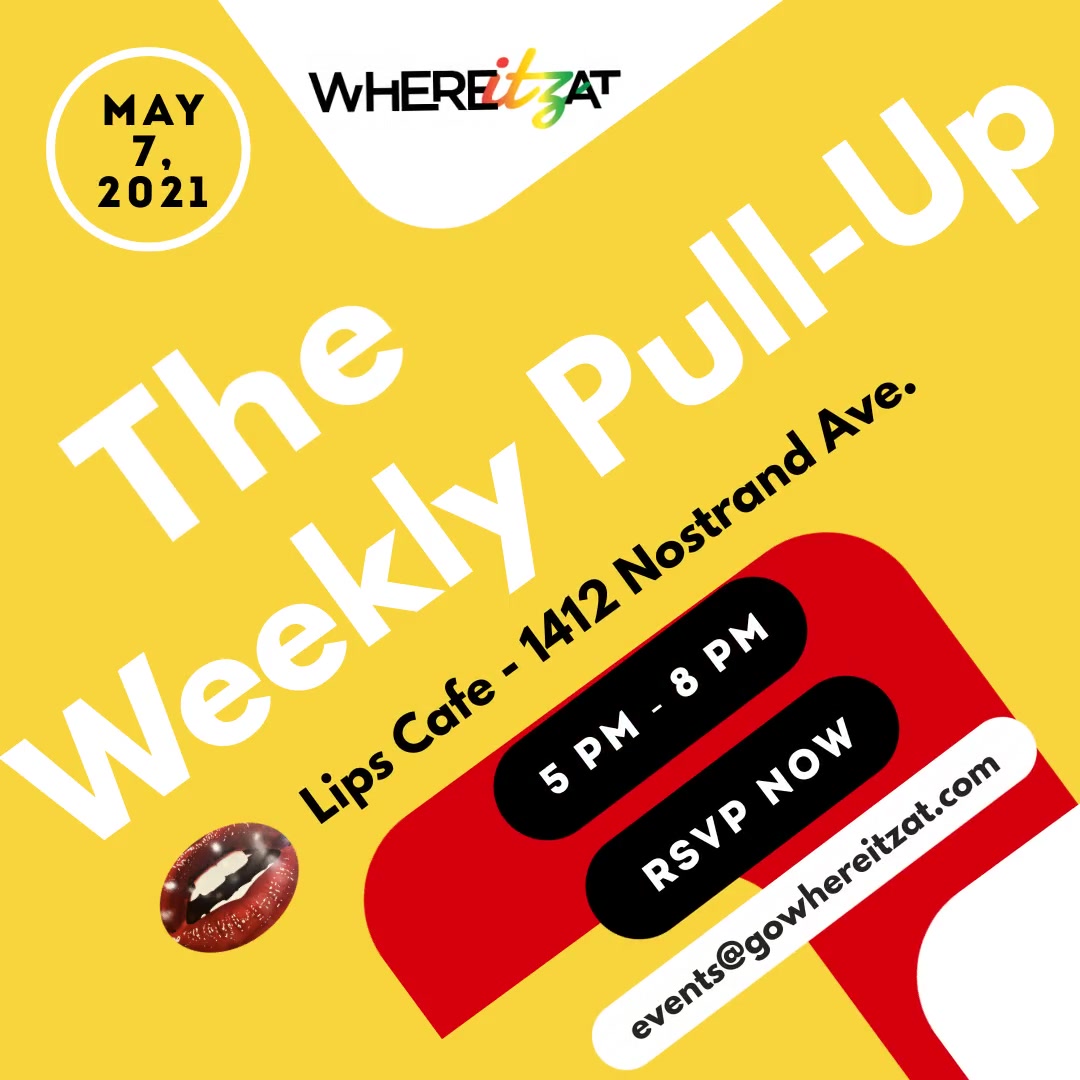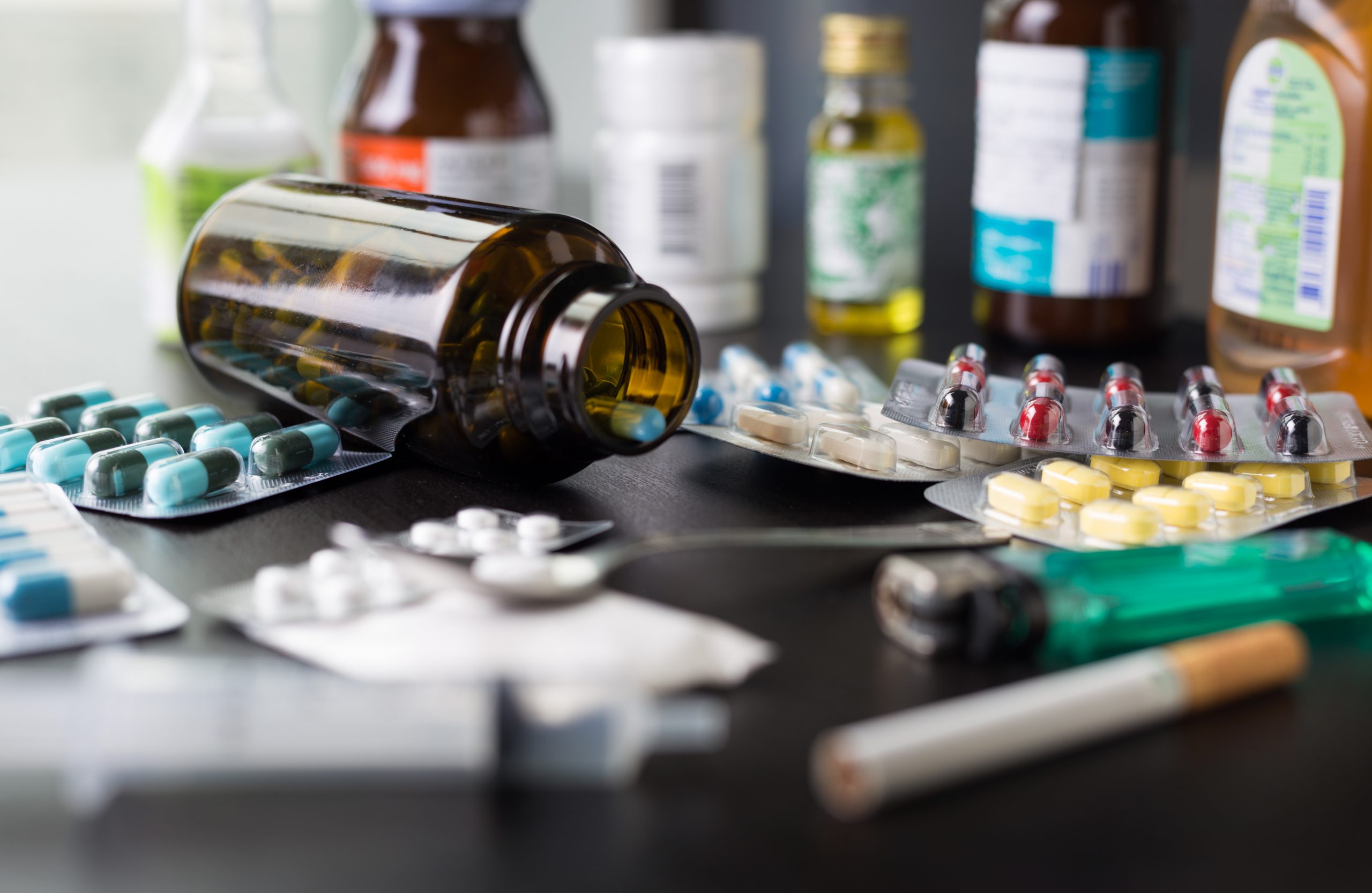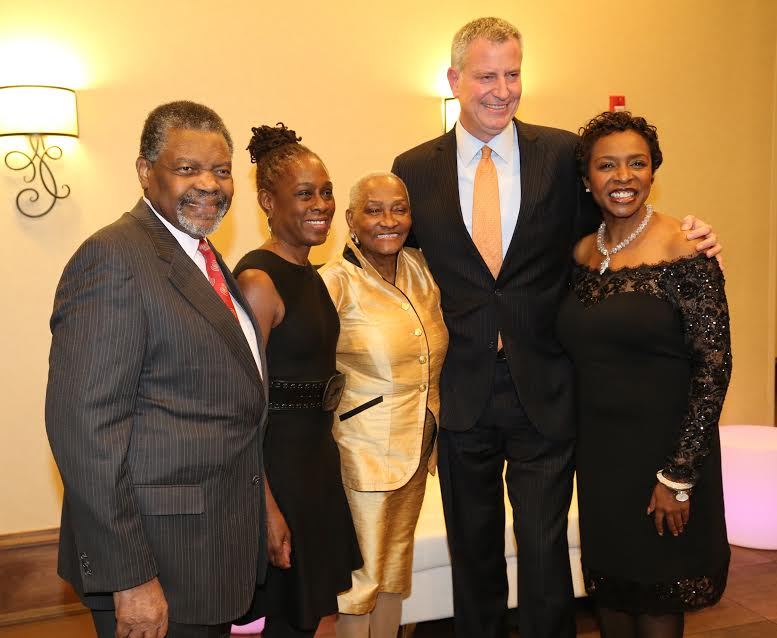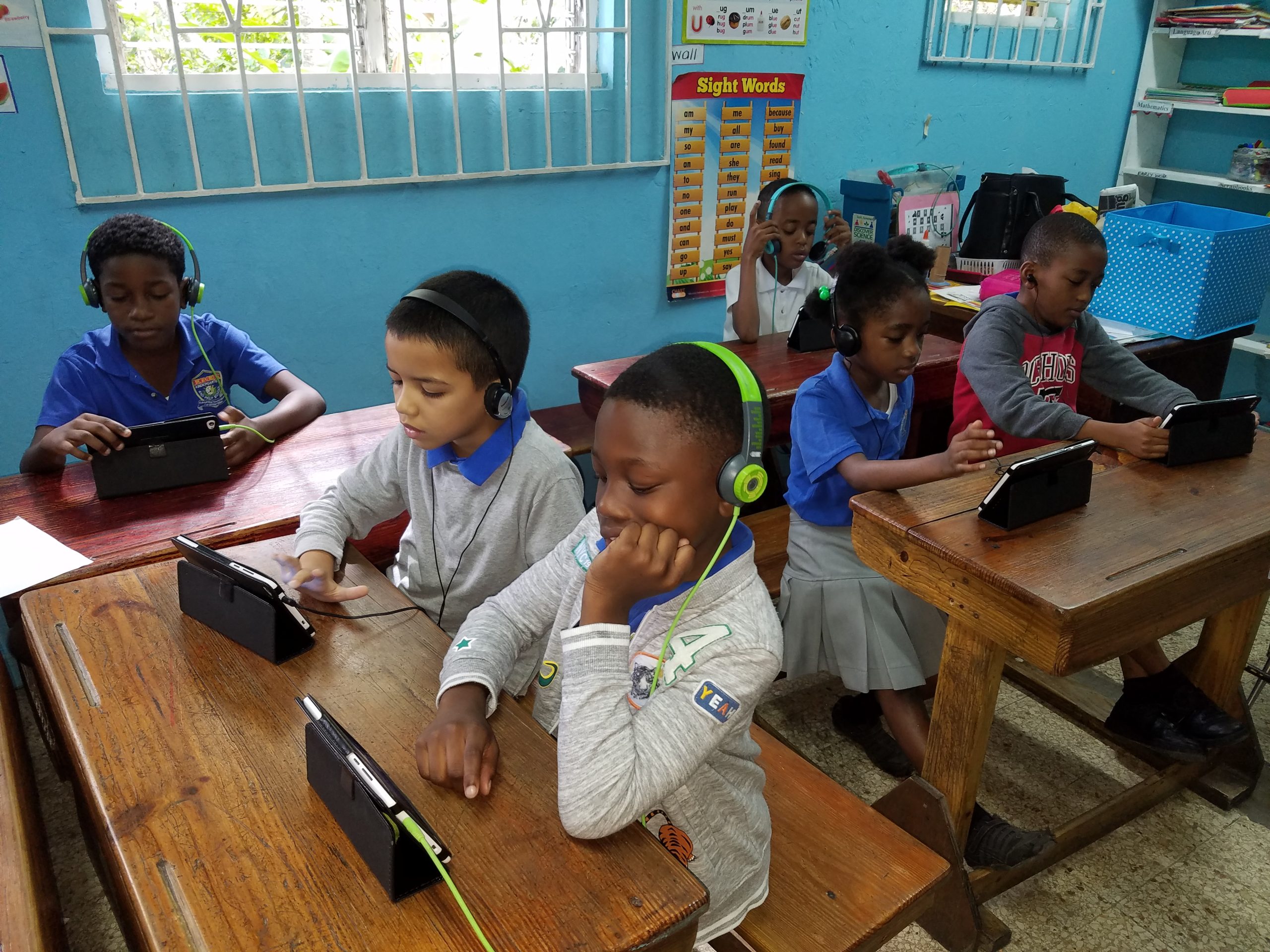Overdose rates show an increase in racial, economic, age, and neighborhood-level inequities in overdose deaths
City’s response includes major investments into risk reduction and fatal overdose prevention to meet the crisis

The Health Department recently released new provisional data on drug overdose deaths in New York City for 2021. Two thousand six hundred and sixty-eight individuals died of a drug overdose in New York City in 2021, an increase of 78 percent since 2019 and 27 percent since 2020, with evident disparities by age, race, poverty level, and neighborhood of residence. Fentanyl—an opioid 50 to 100 times stronger than morphine—was detected in 80% of drug overdose deaths in New York City in 2021 and was the most common substance involved in overdose deaths for the fifth year in a row.
“These deaths are heartbreaking and many, if not most, are absolutely preventable,” said Health Commissioner Dr. Ashwin Vasan. “As a city we must use every evidence-based tool at our disposal to reach people with services and – most of all – support and compassion. As a society, stigma, shame, and fear have worsened the situation and delayed the deployment of proven solutions. We must use these ever-worsening outcomes to combat this fear and to meet people where they are with care, and our team is working on an expanded response plan to continue fighting this crisis. This is what moral leadership looks like and what the moment demands.”
The Administration is currently working on a response plan to the overdose crisis, which will build off our existing work. In the first nine months of 2022, the city has:
- Distributed 159,951naloxone kits;
- Led 71 trainings in overdose reversal;
- Distributed over 32,000 fentanyl test strips to over 5,500 people;
- Launched an unprecedented drug-checking pilot at syringe service programs to rapidly detect substances like xylazine that may be in the drug supply and give people who use drugs potentially lifesaving information about what they are using;
- Procured four public health vending machines as a part of a forthcoming 2023 pilot to support low-barrier access to naloxone, sterile syringes, and other harm reduction and wellness supplies;
- Provided critical funding to the 15 Syringe Service Programs (SSPs) in NYC who have served 18,529 individuals;
- Funded, trained, and provided technical assistance to community-based organizations to expand access to same-day buprenorphine treatment for unstably housed individuals
Despite these efforts. racial and geographic disparities in overdose death widened in 2021, with some groups disproportionately bearing the increase in overdose deaths from 2020. Rates of overdose death were highest among Black New Yorkers for the second year in a row, more than doubling from 24 per 100,000 in 2019 to 53.5 per 100,000 in 2021. Bronx residents had the highest rate of overdose death in 2021, with residents of Hunts Point-Mott Haven, Crotona-Tremont, and Highbridge-Morrisania experiencing the highest overdose death rates citywide. These neighborhoods have consistently had among the highest rates of overdose death since the overdose epidemic accelerated in 2016 and experienced the greatest increases in fatal overdose from 2020 to 2021.
Other groups that experienced high rates and large increases in overdose death include New Yorkers between the ages of 55 and 64 years and residents of very high poverty neighborhoods. The full 2021 Epi Data Brief, which describes trends in overdose deaths by drug type and demographic group, can be found here.
The Health Department is committed to a place-based, equity-centered strategy to reduce overdose deaths and supports the expansion of evidence-based treatment and harm reduction services, including Overdose Prevention Center (OPC) services, to neighborhoods bearing high burdens of overdose death. Since opening on November 30, 2021 to the end of 2022, the two OPCs have been used over 52,000 times by more than 2,200 unique individuals, and staff have intervened in more than 670 overdoses to prevent potential injury or death. During this time period, emergency medical services were activated ten times in response to overdose events, and there have been zero deaths.























